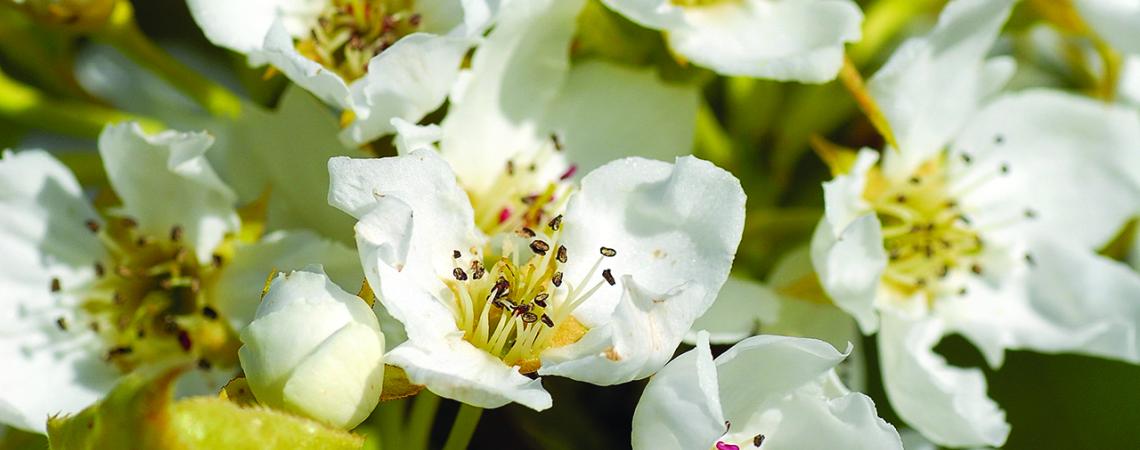Photo by Rick Wetherbee
This time of year finds many of us looking to brighten up the cold and gloomy days of winter. And there’s no better way to jump-start spring than with flowering branches from your garden or yard. With just a little coaxing, you can fill your indoors with a profusion of colorful blooms by forcing spring-flowering branches to bloom weeks ahead of schedule.
Branches from a variety of dormant spring-flowering trees and shrubs can be forced indoors into early bloom. Great options include dogwood, eastern redbud, flowering cherry, forsythia, hawthorn, lilac, pussy willow, serviceberry, spirea, and witch hazel.
Forcing basics
Spring-flowering trees and shrubs need at least 4 to 6 weeks of cold weather to ensure spring blooming success. After plants have received the required “chill period,” you can begin cutting branches once flower buds appear. Depending on the tree or shrub, this usually takes place from January through March.
Making the cut
You will need a sharp pair of pruning shears, a bucket or pail, an armful of branches from any dormant spring-blooming tree or shrub, and a decorative vase for displaying cut branches.
Wait for a somewhat sunny day that’s above freezing to cut and gather your branches. For best results, choose younger branches that are 12 to 18 inches long with plenty of plump flower buds, then cut each branch at a slight angle. Cut more than you think you will need, as there will always be a few that fail to bloom.
Bring your bucket of branches to a sheltered location, such as a garage, mudroom, basement, or indoor room, away from direct sunlight. The key to kick-starting the forcing process is to fill your bucket of branches with warm water and let them soak for several hours or overnight. Doing so will break their dormancy and bring them out of winter hibernation.
Enjoy the show
The next day, fill your decorative vase from half to three-fourths full of warm water. One by one, trim 1 to 2 inches off the bottom of each stem and remove any buds or twigs that would be submerged in the vase. Make sure to stagger the heights for added dimension and appeal. The more you use, the more spectacular the show.









